Category: Evolution
-
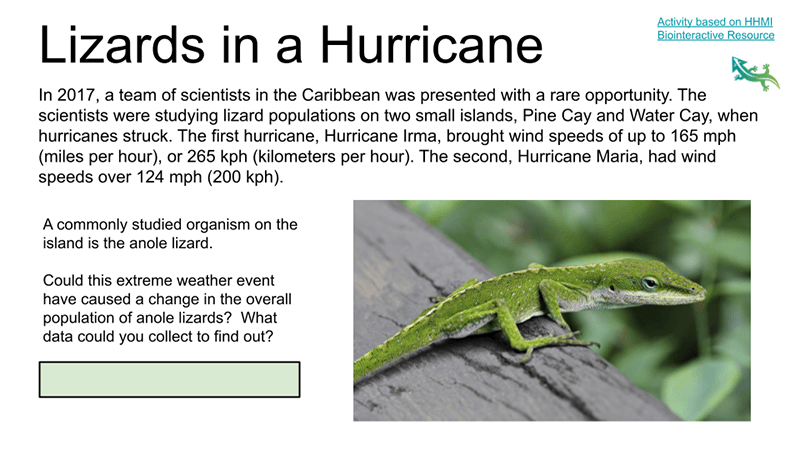
Data Analysis – Lizards in a Hurricane
Students examine images showing how lizards hang on to a branch during high winds. Data shows that some anoles have larger toe pads
-
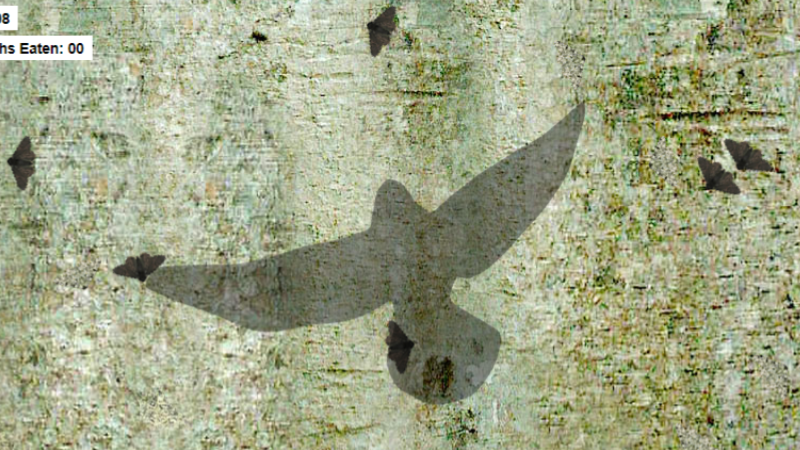
Evolution and the Peppered Moth Game
Based on experiments showing moths evolve in response to pollution. Play a game where you try to catch moths in different environments
-
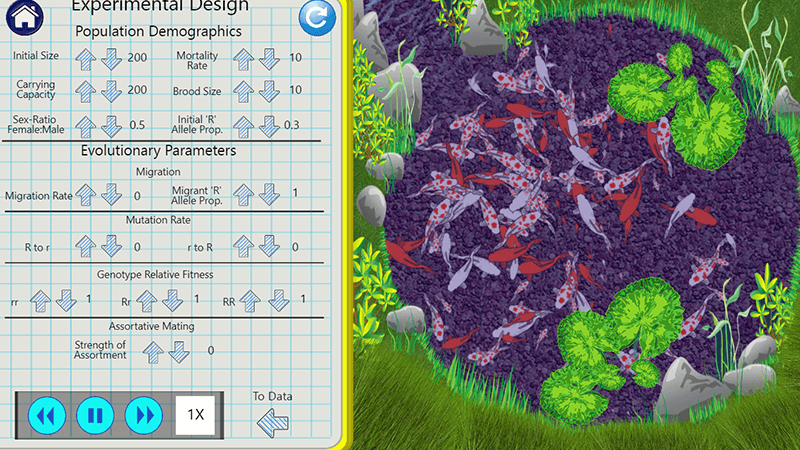
Population Genetics in a Fishbowl
Students learn about Hardy-Weinberg equilibrium by exploring a virtual population of koi fish. This virtual lab allows students to run experiments where they can change variables, like population size, migration rate, mutation rate, and fitness of two separate alleles. The alleles being studied control the coloration of the fish. Fish can either be white, gold,…
-
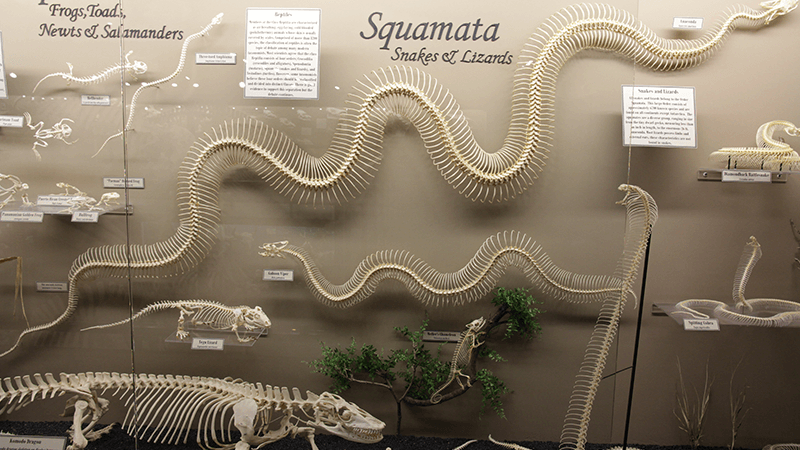
Understanding the Evolution of Limbs in Snakes
Where did snakes come from? There’s a popular story about snakes in Ireland and how they were lead away by St. Patrick. From a science perspective, snakes likely never were in Ireland to begin with. Many islands don’t have snakes. Why? Because they haven’t had time to evolve there. The activity is adapted from Understanding…
-
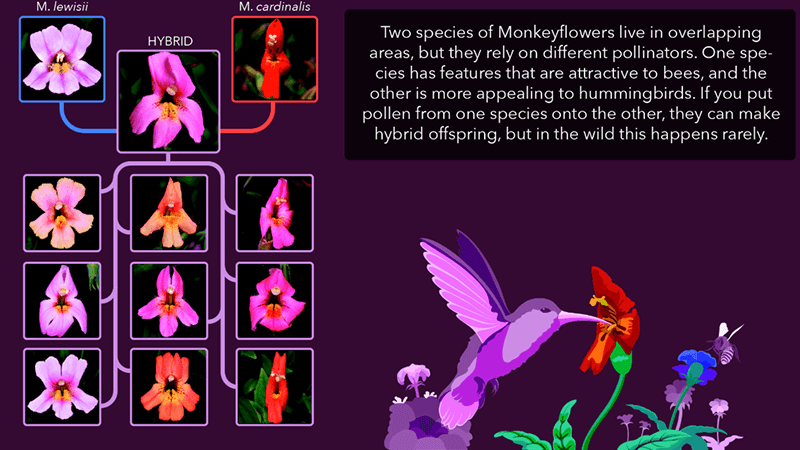
Speciation Modes on
This activity was designed for students during the COVID-19 pandemic and is intended to be completed individually at home. The lesson explores the two models of speciation: allopatric and sympatric. You can also assign a simple print version that explores speciation modes. Students first read about allopatric speciation and apply it to the finches on…
-
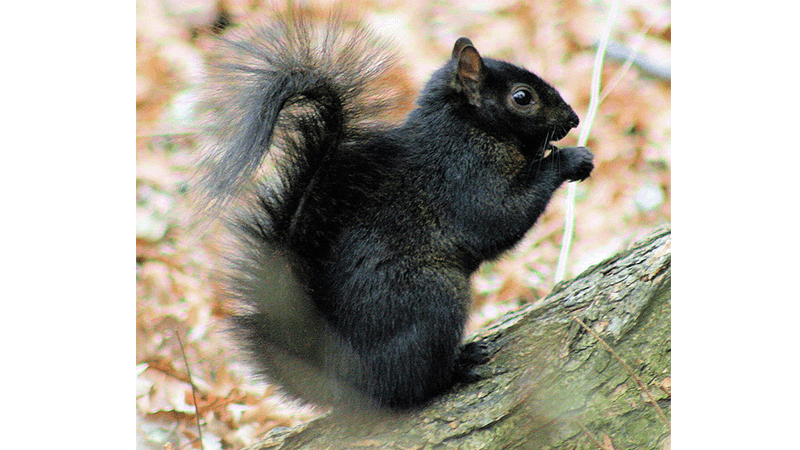
Hardy Weinberg Squirrels
This activity was created for students to complete on their own during the Covid-19 pandemic. Hardy Weinberg equilibrium can be a difficult concept, even with class guidance, so I’ve attempted to break it down into small bite-sized pieces. The Hardy-Weinberg equation is a fundamental principle in population genetics that describes the relationship between allele frequencies…
-
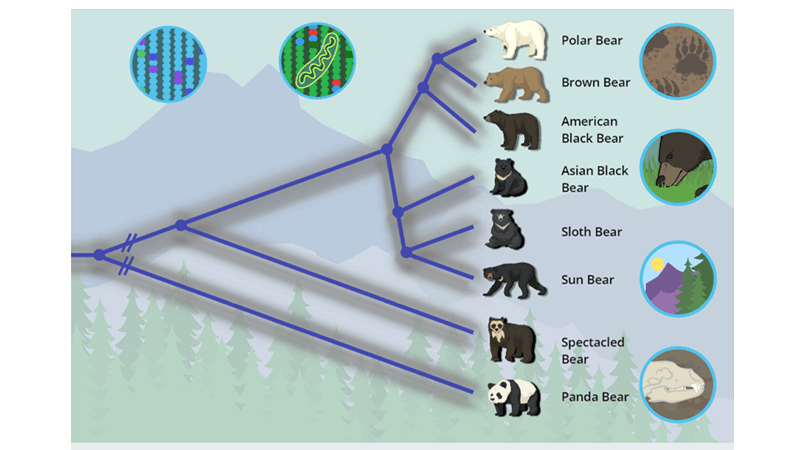
Bear, Species, & DNA
This activity was created during the Covid-19 pandemic for students to complete at home using the interactive explore at Learn.Genetics. The activity is probably best for 2nd year biology students or AP Biology, but it could potentially work with first year students. The questions aren’t hard, but the concepts can be difficult to grasp. The…
-
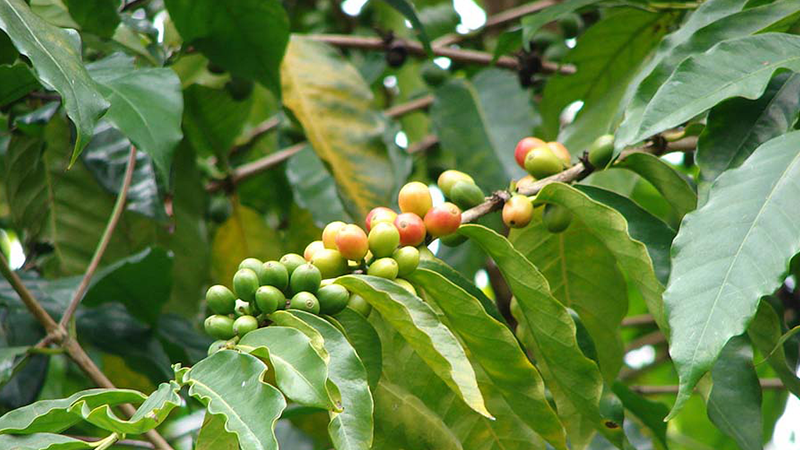
Evolution of Caffeine
In this activity, students access a database called UniProt that provides information about protein sequences derived from genome sequencing. Students search for the protein sequences of three plants that produce caffeine, Camellia sinensis, Coffea arabica, and Theobroma cacao (tea, coffee, and cocoa). They compare the protein sequences to determine if the gene to create caffeine arose independently…
-

Dog Tales – NOVA
Worksheet for the NOVA program “Dog Tales” which explores the evolution and domestication of dogs. Includes multiple choice questions with a final reflection.
-
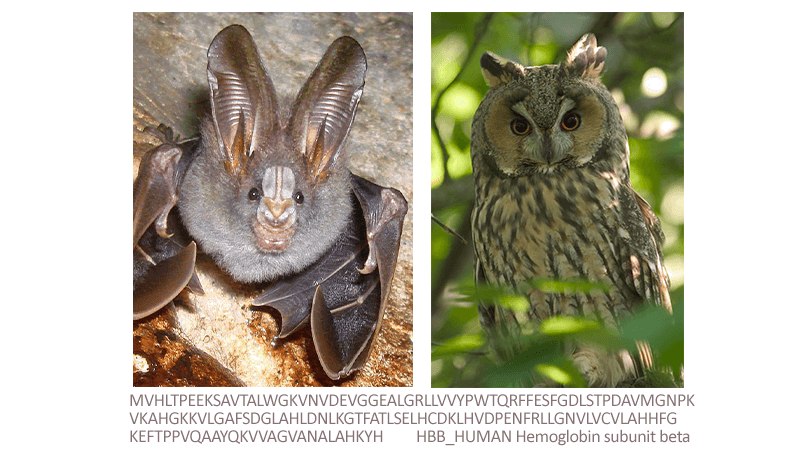
Are Bats Birds?
This activity gives AP students the opportunity to work with the protein database: UniProt by sequencing the protein hemoglobin in bats, birds, and other mammals.
-
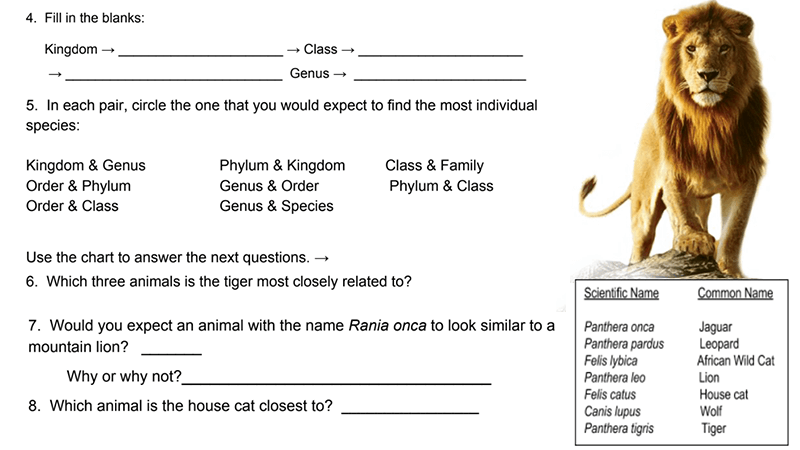
Practice with Taxonomy
Though Next Generation Science Standards does not emphasize the memorizing of major groups anymore, students can benefit from learning the basics of how animals are classified. Taxonomy is often introduced with evolution, where students learn how to analyze phylogenetic trees and create cladograms. This worksheet is a simple reinforcement exercise that covers the six kingdoms…
-
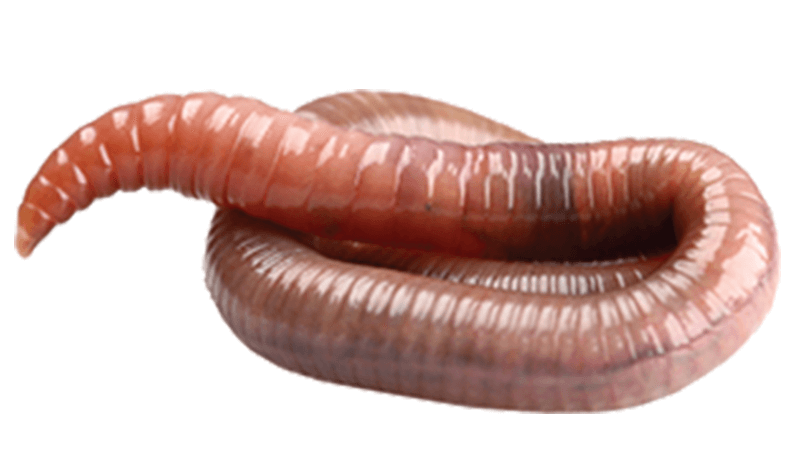
Investigation: Earthworm
This earthworm lab is a revised version of the observation lab that I have used for years. I wanted to make the lab more open-ended and include terminology within the lab instead of expecting them to know it from their notes or textbooks. Taxonomy chapters on annelids and other invertebrates are being phased out, and…
-
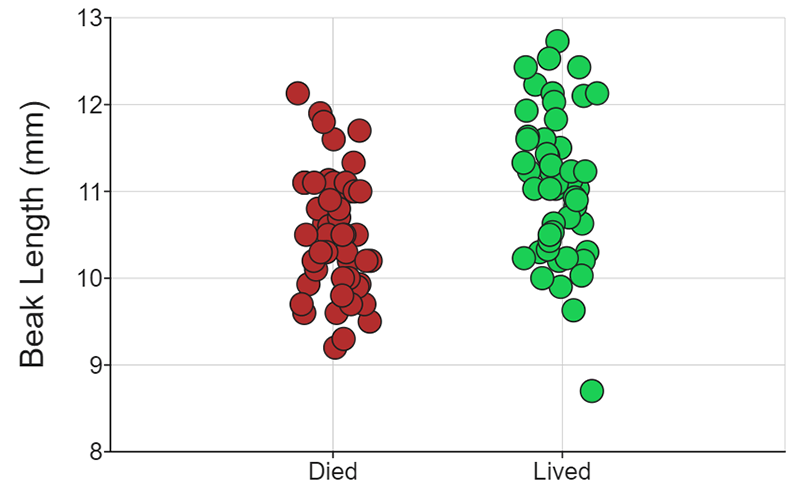
DataClassroom
High school biology classrooms often lack the time and resources to do long term studies and data collection that researchers engage in. Luckily for us, many projects make their data available for use by schools. Organizations like HHMI and Data Nuggets have created student resources that focus on analyzing real scientific data. One of these…
-
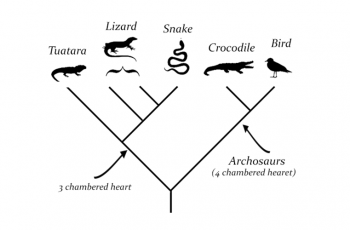
What is a Cladogram?
Students are given a description and an example of a cladogram showing the relationship between lizards, snakes, crocodiles, and birds. They are then walked through the process of creating a cladogram for five animal examples: frog, fish, bird, koala, and lizard. The process involves suggesting traits that these animals share and finding traits that are…
-
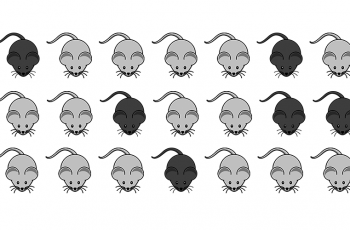
Hardy Weinberg Problemset
Hardy-Weinberg equilibrium (HWE) is a fundamental concept in population genetics that describes the theoretical relationship between allele frequencies and genotype frequencies in an ideal, non-evolving population. Students can practice using the Hardy Weinberg equilibrium equation to determine the allele frequencies in a population. This set of 10 questions gives students just enough information to solve…

